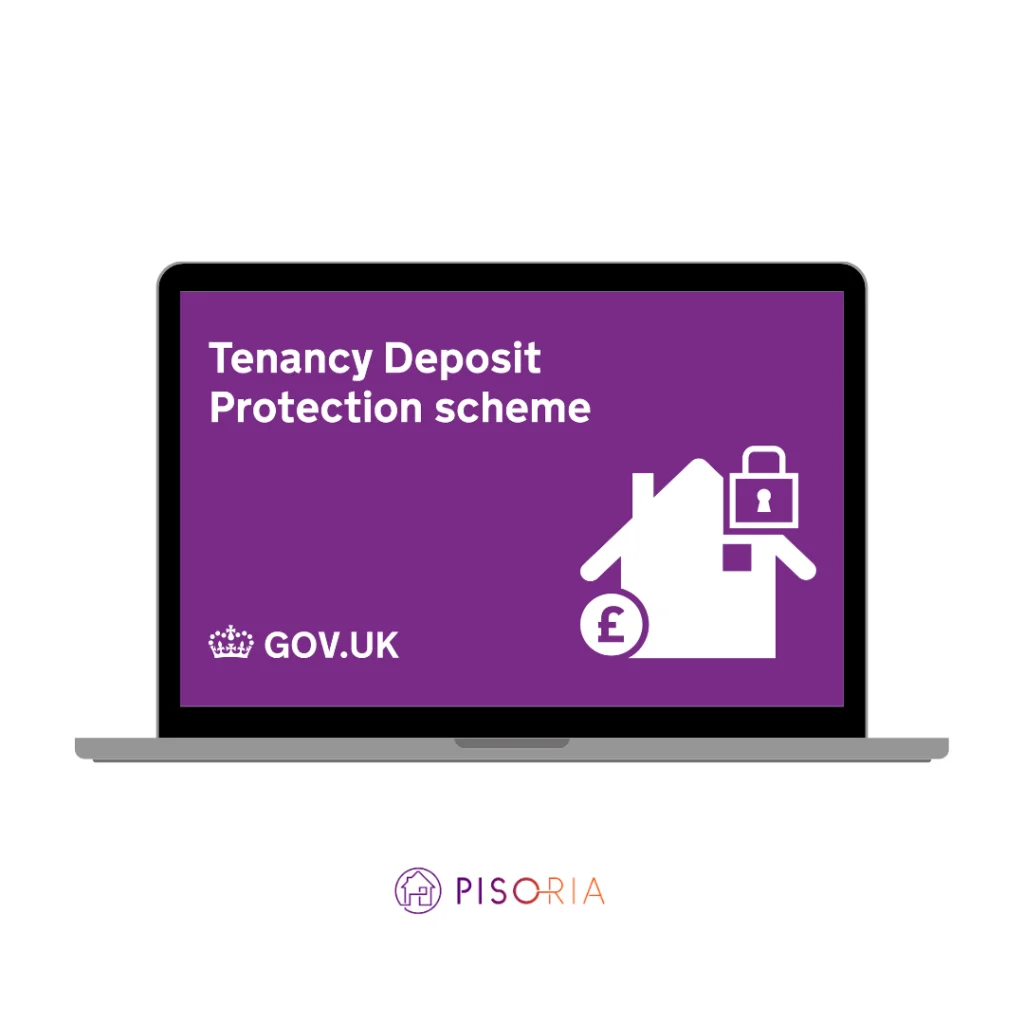Understanding Deposit Protection Schemes: A Comprehensive Guide for Tenants
What is a Rental Deposit and Why is it Important? When renting a property, tenants are typically required to provide a rental deposit to the landlord, often equivalent to up to a month’s rent. This deposit serves as a form of security for the landlord against any potential breaches of the tenancy agreement by the tenant, such as damage to the property, additional cleaning, or unpaid bills. Understanding the purpose and importance of the deposit is essential for tenants to navigate the rental process effectively and ensure compliance with the terms of their tenancy agreement.
The Basics of Deposit Protection Schemes
Deposit protection schemes were introduced by the government in 2007 to regulate the handling of rental deposits and provide a fair and transparent process for both landlords and tenants. These schemes aim to safeguard tenants’ deposits and ensure that landlords comply with legal requirements regarding deposit protection. Under the regulations, landlords are obligated to protect their tenants’ deposits by using one of the three government-backed deposit protection schemes: the Deposit Protection Service (DPS), MyDeposits, or the Tenancy Deposit Scheme (TDS). By protecting the deposit with an approved scheme, landlords provide tenants with assurance that their deposit will be handled fairly and transparently throughout the tenancy.

The Three Government-Backed Deposit Protection Schemes
The Deposit Protection Service (DPS), MyDeposits, and the Tenancy Deposit Scheme (TDS) are the three main deposit protection schemes operating in England and Wales. Each scheme offers both custodial and insurance-based options for deposit protection, providing landlords with flexibility in managing their tenants’ deposits. In a custodial scheme, the landlord lodges the deposit with the scheme for the duration of the tenancy, while in an insurance-based scheme, the landlord holds the deposit throughout the tenancy and pays a fee to the scheme for protection. Understanding the differences between these schemes allows tenants to ensure that their deposit is protected effectively under the scheme chosen by their landlord.
Check out this article from the Gov.uk

Understanding Custodial and Insurance-Based Options
Custodial and insurance-based options offer landlords different approaches to deposit protection, each with its own benefits and considerations. The custodial option is often favored for its simplicity and transparency, as the deposit is held independently by the scheme throughout the tenancy. On the other hand, the insurance-based option provides landlords with greater control over the deposit during the tenancy, allowing them to manage the repayment process directly. By understanding the differences between these options, tenants can make informed decisions and ensure that their deposits are protected effectively throughout the duration of their tenancy.
The Process of Deposit Protection
The process of deposit protection begins when the tenant pays the deposit to the landlord, typically upon signing the rental agreement. Within 30 days of receiving the deposit, the landlord is required to protect it with one of the approved deposit protection schemes and provide the tenant with relevant information about the scheme used. Tenants should receive details about the amount of the deposit, how it is protected, the contact information for the scheme, and instructions on how to apply for the deposit’s return. This information ensures transparency and accountability in the deposit protection process, allowing tenants to assert their rights effectively and navigate any potential disputes that may arise at the end of the tenancy.
Resolving Disputes: Your Rights and Options
Disputes over deposit deductions can arise when tenants and landlords disagree on the amount to be returned at the end of the tenancy. In such cases, tenants have the right to use the dispute resolution service provided by the deposit protection scheme to seek a fair resolution. The dispute resolution service, also known as Alternative Dispute Resolution (ADR), offers a free and impartial process for resolving disputes without the need for court intervention. Both tenants and landlords are encouraged to engage in the ADR process and provide evidence to support their claims, ensuring that any disputes are resolved in a fair and transparent manner.
Legal Recourse for Deposit Disputes
In cases where tenants believe their landlord has failed to protect their deposit or unfairly withheld deductions, legal recourse may be necessary. Tenants can apply to the local county court to seek repayment of their deposit or enforcement of deposit protection requirements against the landlord. The court has the authority to order the landlord to repay the deposit, place it into a custodial scheme, or pay additional penalties for non-compliance. Seeking legal advice can help tenants navigate the court process and assert their rights effectively in deposit dispute cases, ensuring that any disputes are resolved in accordance with the law.
Additional Resources and Support
Tenants facing deposit-related issues can access a range of resources and support services for assistance. Local Citizens Advice offices, solicitors specializing in housing law, and organizations like Shelter in England or Wales offer valuable guidance and advocacy for tenants navigating deposit disputes. By seeking support from these resources, tenants can gain insight into their rights, access legal assistance if needed, and receive practical advice on resolving deposit-related issues. Empowered with knowledge and support, tenants can effectively navigate the deposit protection process and assert their rights as renters.
Feel free to contact us for any question related to Deposit Protection Scheme. dps

